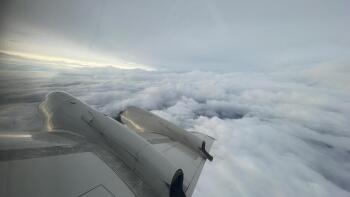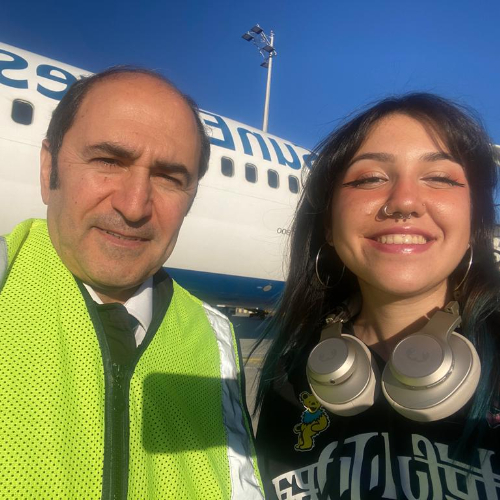Pilots avoid flying in poor weather conditions to prevent disturbances and catastrophic events. However, hurricane, typhoon, and cyclone hunters regularly fly through hurricanes to collect crucial data. The first such operation occurred in 1943, when a crew flew into a Category 1 hurricane near Galveston, Texas.
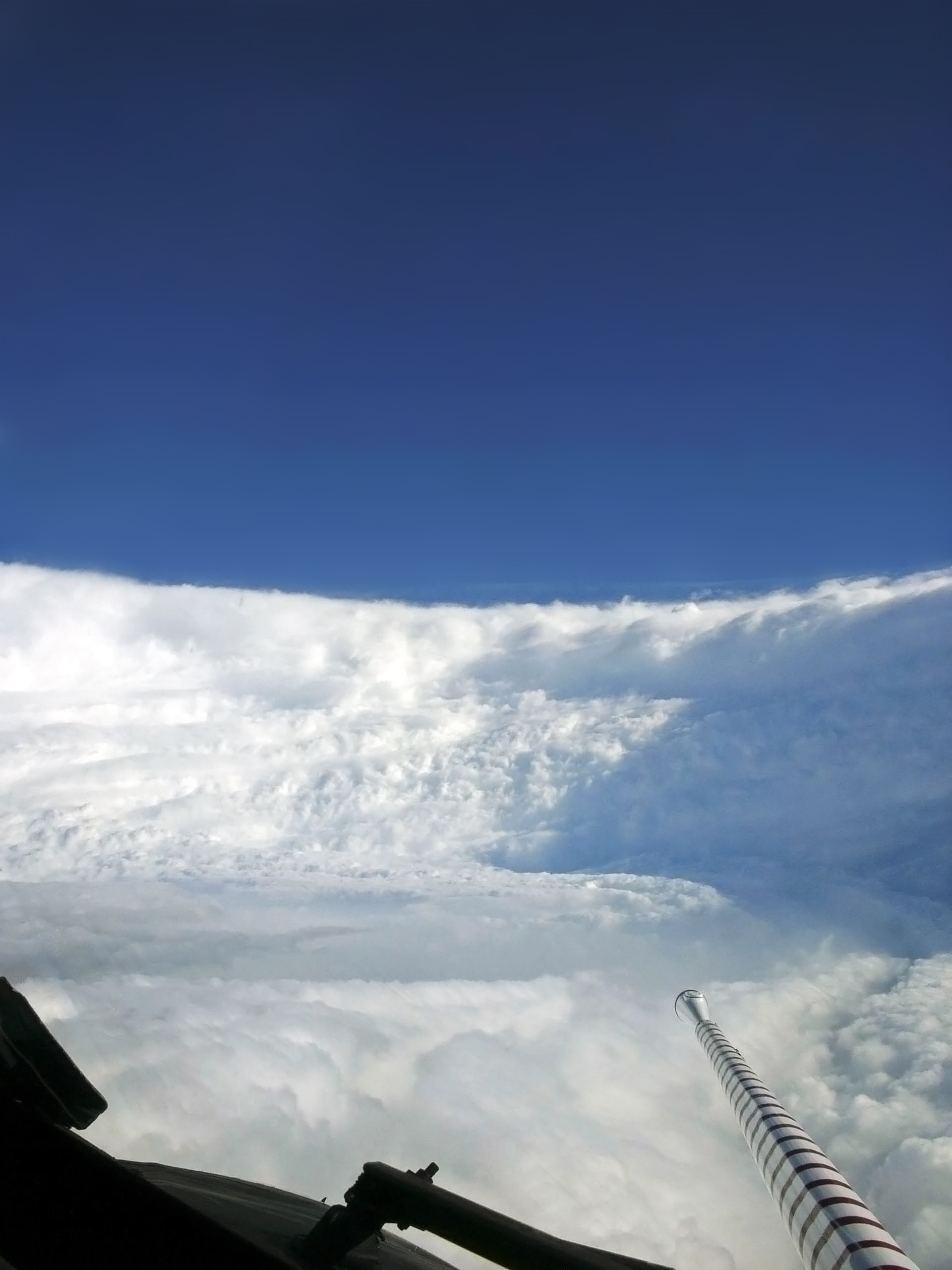
Hurricane Hunters
Hurricane hunters fly directly into the eye of the storm to collect important data that can protect lives. Training is crucial for hurricane hunters, similar to every other job set in a dangerous environment. This training can be done accurately during an actual storm since it is impossible to imitate a real storm exactly for training purposes.
Scott Price, a NOAA Commissioned Corps Officer, states:
"It's impossible to accurately simulate a hurricane eyewall penetration - doing it in the aircraft in a storm is the only way to experience the responsiveness of the plane, flight characteristics, crew coordination, and visceral response brought on by plowing through a wall of wind and rain while you're at the controls,"
While commercial pilots are trained to handle poor weather conditions, hurricane hunters are trained the opposite way. They fly into the catastrophe repeatedly to maintain others' safety. The flights are normally given at 48-hour notice. The schedules are carefully curated to manage a good sleeping schedule for the crew since they need to be on point during the operation.
The pre-flight check starts approximately two or three hours before the aircraft gets airborne. The operation brief consists of a review of the planned route, mission profile, data collection objectives, current and forecast storm development, expected hazards, weather for takeoff, landing, and the en-route portion, according to the National Weather Service (NWS).
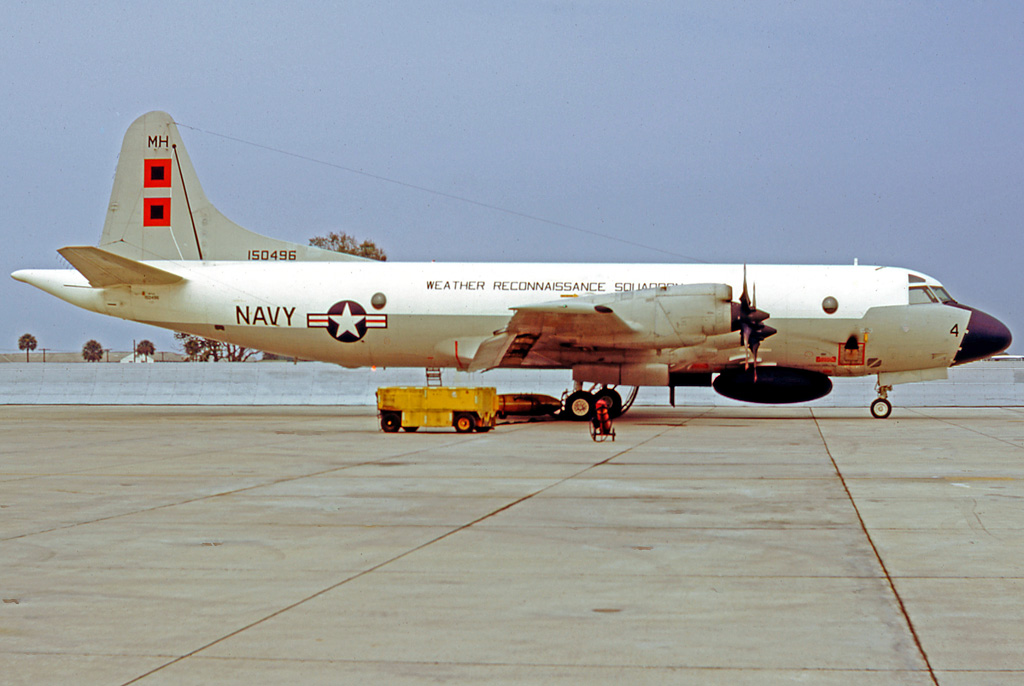
The job requires organized teamwork and employee willingness to face their fears. Price underlines his thoughts about the operation: "No matter how often we fly into these systems, the natural inclination of the pilot in me to avoid inclement weather will never go away entirely, and ultimately helps foster my immense respect for every storm we approach." He highlights the importance of mental preparation for the flight ahead.
He adds that the entry and exits of the designated storm are set before the operation. Aircraft are ready to fly through every condition that they will encounter. Constant communication with the Flight Director, the Flight Engineer, and the co-pilot about airspeed, attitude, track, and altitude is essential. About this balanced communication, Price adds, "Regardless of how I'm feeling or what's happening in the environment around us, remaining balanced and in control (or at least appearing that way) can be just as important as following the procedures we're trained to execute."
The operation lasts around eight hours generally. It is possible to fly six days in a row for a slow-moving storm. Although the job is regular for the pilots, the operations might still create high adrenaline and confusion for the crew since natural instances can have a surprising effect. Price also mentions memorable operations, such as Tropical Storm Kyle in 2008 and Hurricane Patricia in 2015. It is crucial to curate these operations since the most accurate data is still acquired within the storm itself. It helps to save millions of lives and millions of dollars in property.
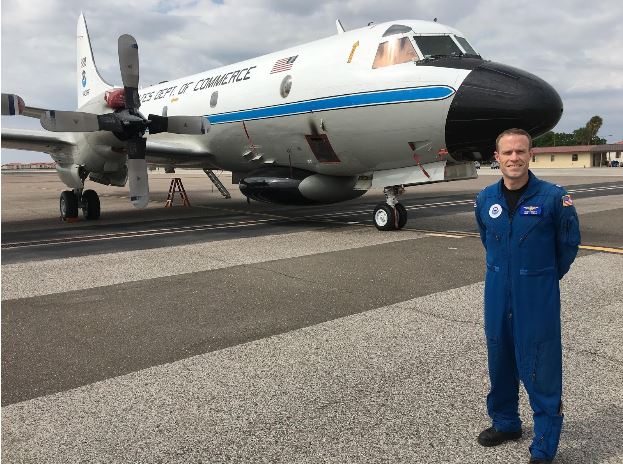
Units of Hurricane Hunters
Government Flying Service Hong Kong
Since 2009, data collection has been done by the Government Flying Service of Hong Kong (GFS). The flights are accomplished to collect data for tropical cyclones over the South China Sea. GFS started utilizing the dropsonde system in September 2016, which collects additional meteorological data on tropical cyclones and enhances typhoon monitoring.
USAFR 53rd WRS
The Air Force Reserve 53rd Weather Reconnaissance Squadron is the world's only operational military weather reconnaissance unit. The organization is based at Keesler Air Force Base in Biloxi, Mississippi. The term "Hurricane hunters" first appeared during its operations in 1946.
NOAA Hurricane Hunters
The National Oceanic and Atmospheric Administration (NOAA) Hurrican Hunters are based at the Aircraft Operations Center at MacDill AFB in Tampa, Florida. Its main operations are surveillance, research, and reconnaissance. They mainly use G-IV dropsonde for the forecast, which collects daily and night data.
The first-ever reconnaissance aircraft flight into a hurricane occurred on July 27, 1943. The eye of the storm featured a width of 9-10 miles (14-16km), as observed during the flight. The Weather Bureau described it as a "small intense storm accompanied by hurricane winds." During that day, British pilots were training at Bryan Field in Bryan, Texas, and were informed about a hurricane approaching the Galveston area. They were told to fly away from the storm.
However, while criticizing this order, Joe Duckworth made a bet with the British pilots that he could fly his AT-6 Texan trainer directly into the storm. He requested the only field navigator, Lt. Colonel Ralph O'Hair, to fly into the storm with him. They proceeded without permission to become the first hurricane hunters.
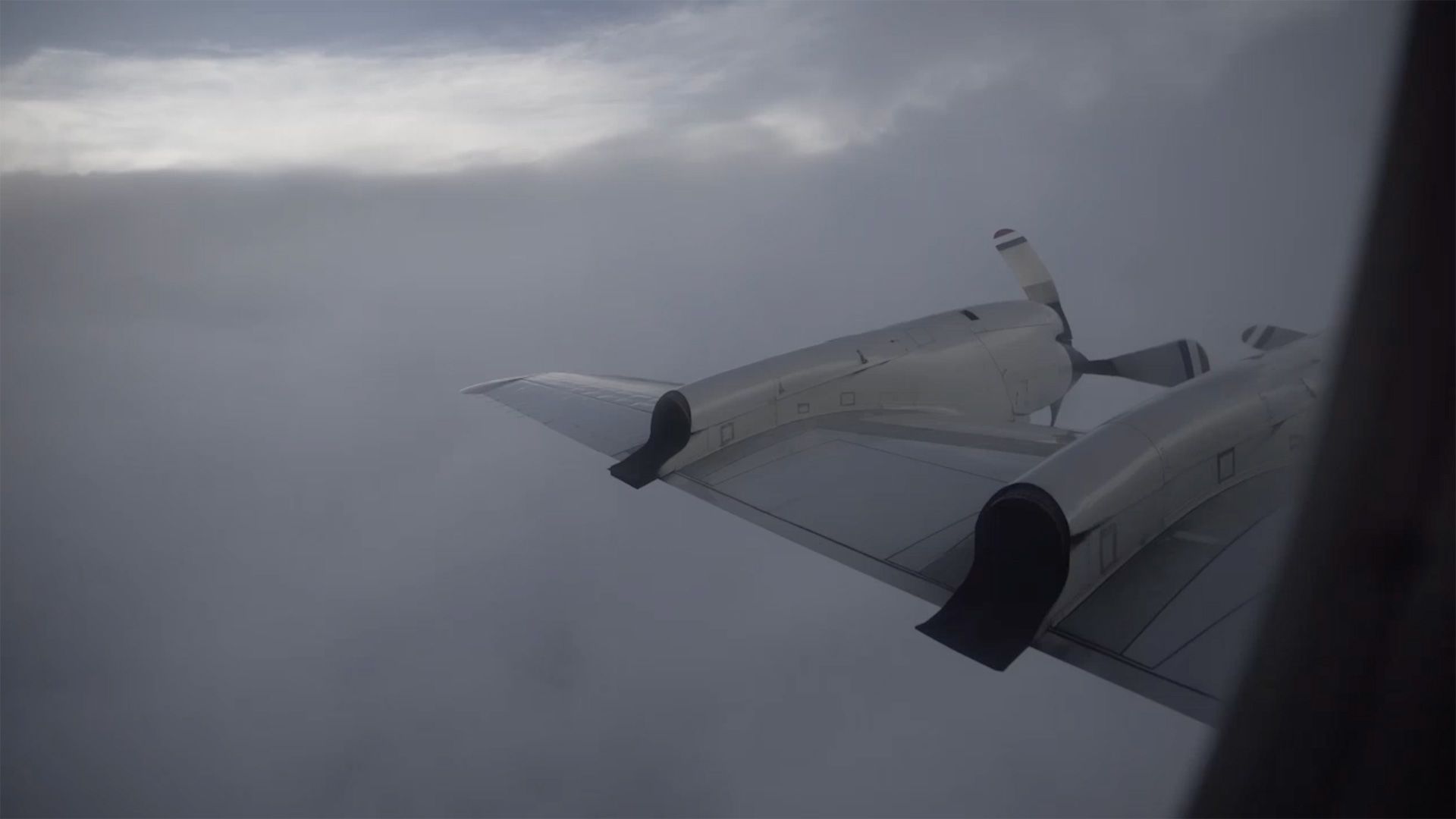
The Feeling of Flying Into a Storm
Flying into the storm could feel like a rollercoaster going through a car wash. While operating normally and pinned to your seat, it can feel weightless in seconds. However, this may change since every hurricane is unique. According to Jeremy DeHart, an Airborne Weather Officer there, it is the worst "pit of your stomach" feeling on a roller coaster when you hit the peaks. Turbulence and sudden changes in altitude happen regularly.
Hurricane hunters accomplish a dangerous and crucial job to save lives and property. It requires professionalism, being calm enough to manage safely, and having the adrenaline to keep the operation on point. It is a dangerous job, and one needs to be prompt for the sudden movements and surprises that nature might bring.
Comments (0)
Add Your Comment
SHARE
TAGS
STORIES Storm Hurricane Hurricane Hunters WeatherRECENTLY PUBLISHED
 Learjet Owned By Vince Neil Crashes Into Gulfstream Jet, 1 Fatality Confirmed
On February 10th, around 14:30 local time, a Learjet private jet aircraft crashed into another private jet after landing at Scottsdale Airport (SCF) in Arizona.
NEWS
READ MORE »
Learjet Owned By Vince Neil Crashes Into Gulfstream Jet, 1 Fatality Confirmed
On February 10th, around 14:30 local time, a Learjet private jet aircraft crashed into another private jet after landing at Scottsdale Airport (SCF) in Arizona.
NEWS
READ MORE »
 Seattle Plane Strike 2025: Japan Airlines and Delta Collision Raises Safety Concerns
Seattle-Tacoma International Airport saw a concerning incident on Wednesday morning when a Japan Airlines (JAL) plane clipped a parked Delta Air Lines jet while taxiing. Thankfully, no one was injured, but passengers described the collision as a frightening experience.
NEWS
READ MORE »
Seattle Plane Strike 2025: Japan Airlines and Delta Collision Raises Safety Concerns
Seattle-Tacoma International Airport saw a concerning incident on Wednesday morning when a Japan Airlines (JAL) plane clipped a parked Delta Air Lines jet while taxiing. Thankfully, no one was injured, but passengers described the collision as a frightening experience.
NEWS
READ MORE »
 Ethiopian Airlines Expands Cargo Fleet with New Boeing 777 Freighter
Ethiopian Airlines has expanded its cargo fleet with a brand-new Boeing 777 Freighter, registered as ET-BAB (MSN 68140). The aircraft was delivered directly from Boeing’s factory in Everett, Washington, USA, and landed at Addis Ababa Bole International Airport at 3:41 PM (GMT+3) on Wednesday, January 22, 2025.
NEWS
READ MORE »
Ethiopian Airlines Expands Cargo Fleet with New Boeing 777 Freighter
Ethiopian Airlines has expanded its cargo fleet with a brand-new Boeing 777 Freighter, registered as ET-BAB (MSN 68140). The aircraft was delivered directly from Boeing’s factory in Everett, Washington, USA, and landed at Addis Ababa Bole International Airport at 3:41 PM (GMT+3) on Wednesday, January 22, 2025.
NEWS
READ MORE »



